Discover Bergama: The Ancient City Where Medicine and Parchment Were Born
Izmir is a city with deep roots that has been home to many civilisations since ancient times. One of the most significant remnants of these civilisations is undoubtedly found in the Bergama district. Today, Bergama, which attracts numerous visitors with sites such as Pergamon Ancient City and the Red Courtyard, is a locale that has marked many firsts in the past. Among these firsts are the invention of parchment paper and the depiction of the snake, which has become the symbol of medicine today. So, what is the origin of the symbol of medicine? Where was paper first invented? Who invented paper? And why are there snakes in the symbol of medicine? Let's learn the historical facts about the city of Bergama in Turkey.👇
If asked, “Is there any part of Izmir that does not smell of history?”, the answer would be a resounding “no” without hesitation.

With its natural beauty and strategic location, Izmir holds historical importance in every period, containing countless artefacts from the Hellenistic, Roman, Seljuk, and Ottoman eras. Bergama is one of the locations where these artefacts can be observed most prominently.
Today, Bergama is best known for the ancient city of Pergamon.
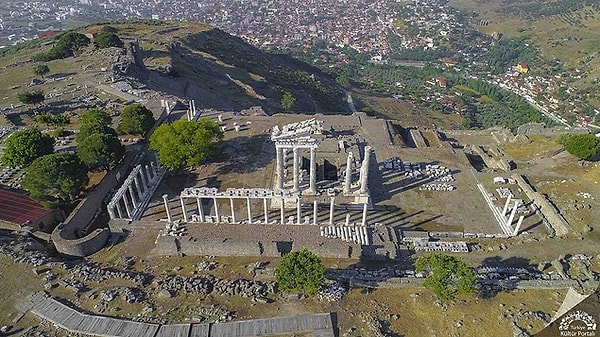
However, to solely visit Pergamon would be a great injustice to this historic district, as Bergama is also home to many historically valuable structures, such as the Altar of Zeus, Asclepion Ruins, Temple of the Egyptian Gods (Red Courtyard), Seven Churches, Yığma Tepe Tumulus, Mevlana Hacı Hekim Bath, Bergama Great (Yıldırım) Mosque, Seljuk Minaret, Acropolis Ruins, and Selinos.
Well, did you know that parchment paper was first used in Bergama?
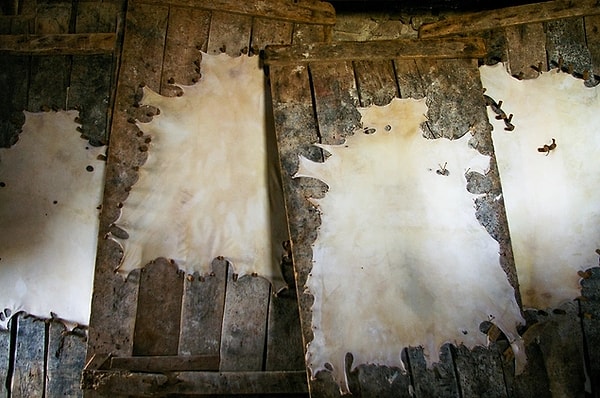
Physician Galenos, one of the pioneers of medicine, and parchment paper are among the most significant contributions that Bergama has made to the cultural heritage of the world. It is even said that the library established by the Pergamans, using the books they created from this parchment paper, once competed with the Egyptian civilisation.
The column featuring the snake, which is recognised today as the symbol of medicine, is believed to have originated in a healing temple dedicated to Asclepius, the god of health, during the Ancient Greek period.

The emergence of this snake symbol, much like that of parchment, originated from the soil of Pergamon.

Asclepions, named after Asclepius, the god of health, existed in many ancient cities. However, only one remains standing and accepting visitors: Pergamon Asclepion.
This is where Galenos, the renowned physician and philosopher of the time, lived.
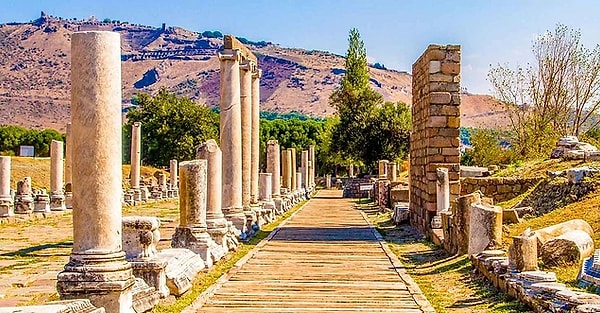
Galenos was so famous that he even served as a physician to Roman Emperors for a while.
According to legend, one day an old man fell ill and was brought to the Asclepion for healing. The physicians cleaned him, dressed him in white clothing, and took him to a sleeping chamber. However, the cause of the man's illness could not be discerned. As days passed, his condition worsened, and eventually, the physicians concluded that the old man had been poisoned.
Galenos, having heard of the situation, instructed that the man be taken out of the temple before he died.
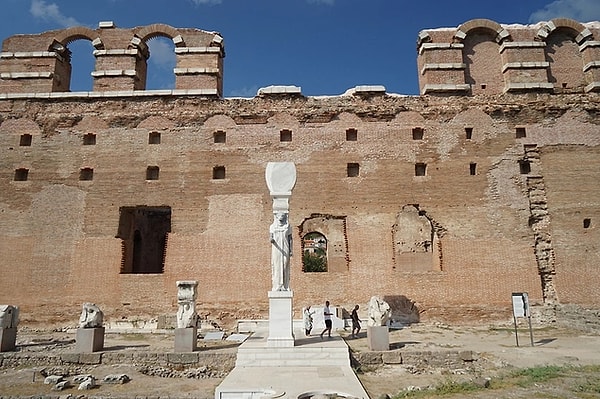
This was because of the following inscription at the entrance door of the Asclepion: “Only Hades, the god of death, cannot enter this sacred place established in the name of all the gods.” Therefore, the man was left on the road outside the temple.
Just at that moment, the old man observed two snakes drinking milk and engaging in combat. As they fought, the snakes poured their poison into the milk. Unable to withstand it any longer, the man took a sip of the milk, expecting to die.
But contrary to expectations, the man curled up and fell asleep. When he awoke in the morning, he was completely healed!
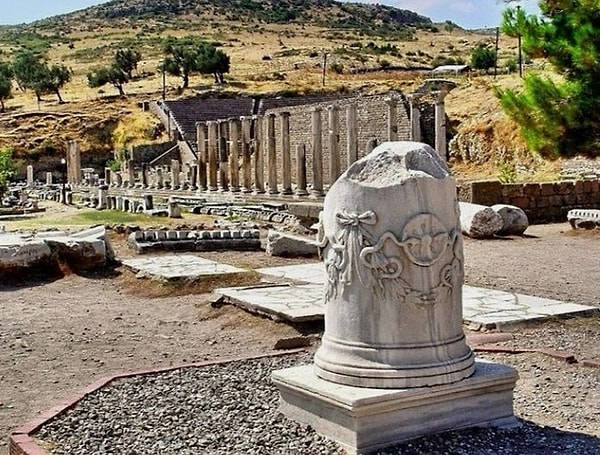
His children, who found him, initially thought he had died, but soon realised he had regained his health.
Overjoyed by this miraculous recovery, Galenos had a pillar erected with two snakes carved upon it. Over time, this column with snakes evolved into the universal symbol of medicine.
Keşfet ile ziyaret ettiğin tüm kategorileri tek akışta gör!

Send Comment